Artist Lachlan Turczan and Google's 'Making the Invisible Visible' at Milan Design Week 2025
All that is solid melts into air at Garage 21 in Milan as Google showcases a cutting-edge light installation alongside a display of its hardware evolution and process
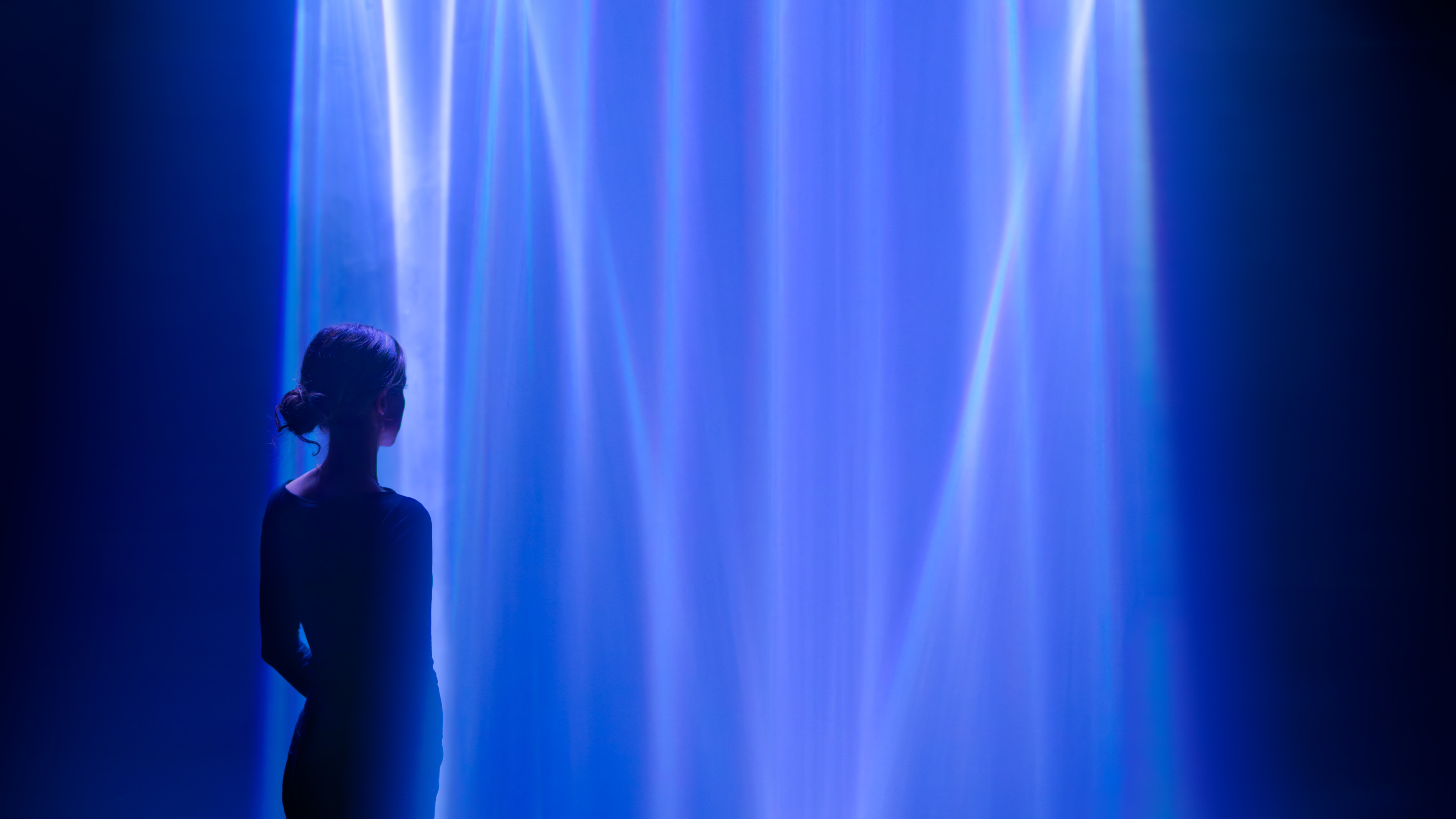
Google’s installation at Milan Design Week 2025 promises an immersive spectacle. Following on from 2024’s Making Sense of Colour, Making the Invisible Visible will feature dynamically re-shaped columns of light set within the Garage 21 event space. The installation is the work of artist Lachlan Turczan, the second time he has collaborated with Google’s Ivy Ross, following 2023’s The Shape of Water.
‘We always start from a point of inspiration, something which isn’t always obvious for a tech company,’ Ross explains, ‘and of course this inspiration is completely invisible to consumers.’ Making the Invisible Visible attempts to put a shape to that intangible relationship between creativity, form, the ephemeral and the real world. ‘It’s about turning an abstract idea – ‘light into something’ – into a physical shape,’ Ross says.
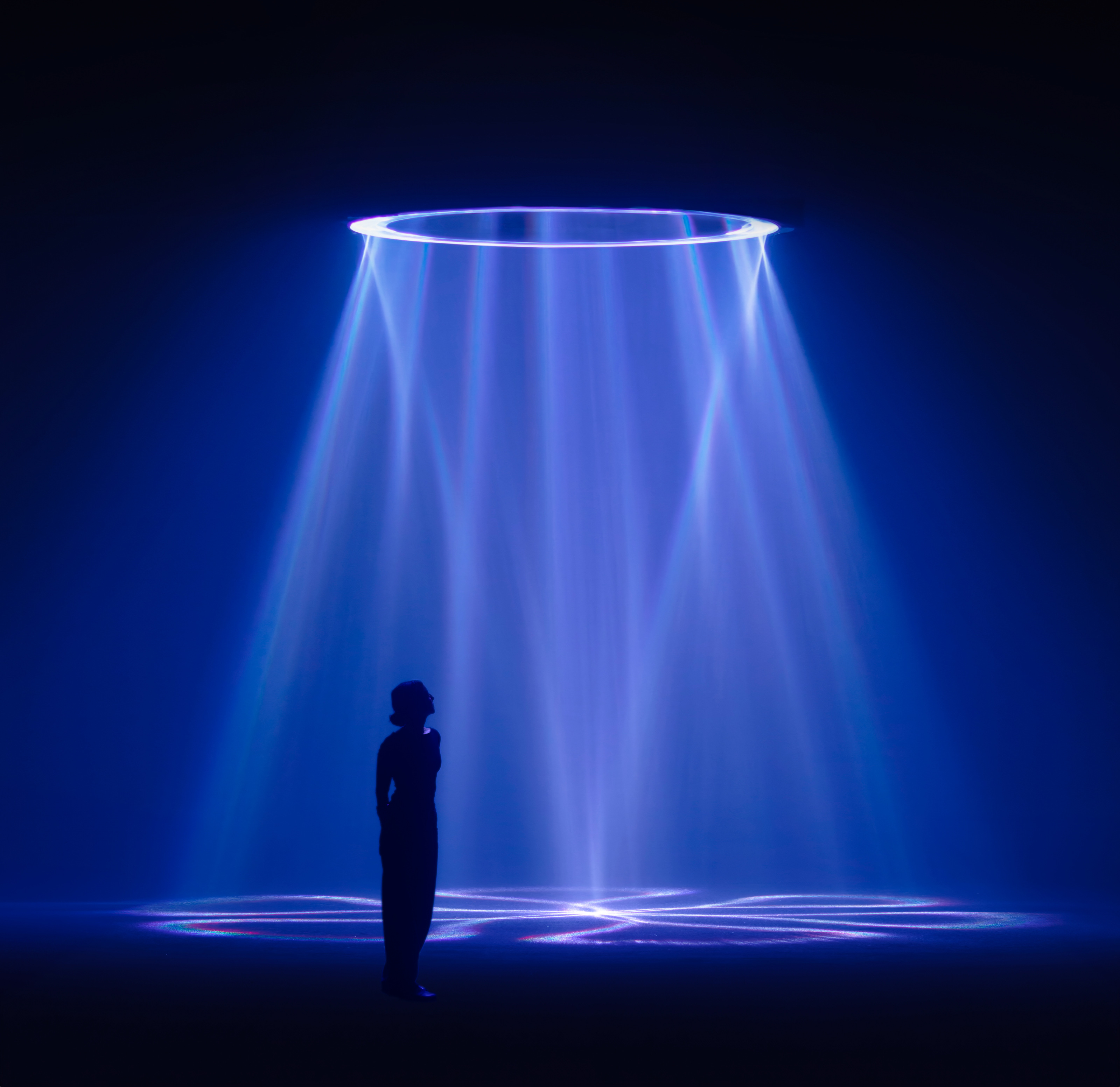
Artist Lachlan Turczan and Google present Making the Invisible Visible at Milan Design Week
Ross crossed paths with Turczan’s work as part of her research into cymatics, the study of sound, vibration and shape. ‘I’ve been studying sound and vibrations for 40 years,’ she says, explaining how this research gives rise to form like the Pixel watch, with its case and face shaped like a water droplet. ‘I was sent a clip of Lachlan’s work at the Rhode Island School of Design,’ she recalls, ‘so I reach out to him. I’m not sure if he believed that a Google executive was contacting him.’
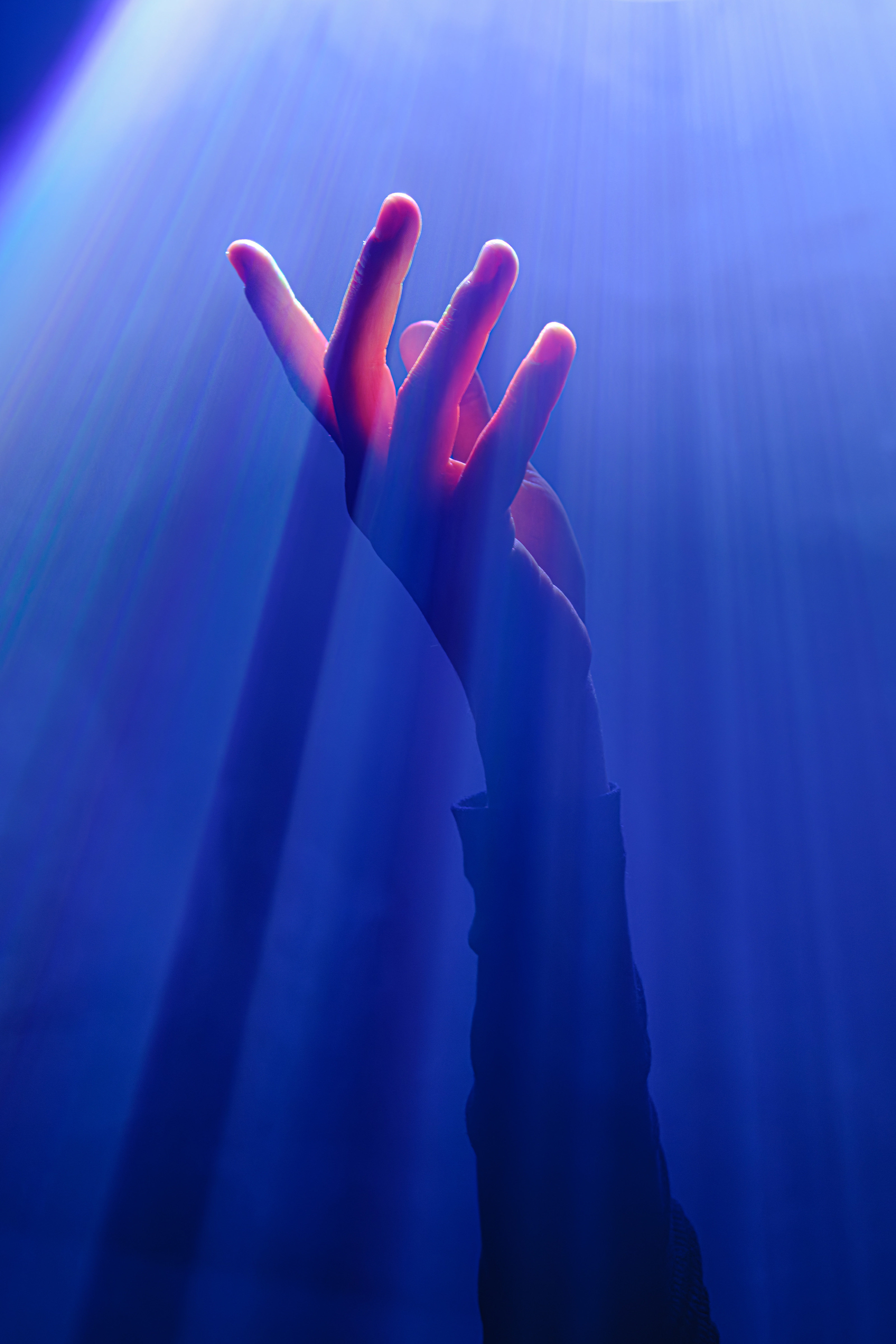
Artist Lachlan Turczan and Google present Making the Invisible Visible at Milan Design Week
That began a relationship that first bore fruit at Salone in 2023. ‘He’s a very curious person, as am I,’ Ross continues, ‘we connected over that. He’s an artist who needs to execute his ideas with precision.’ For Ross and her team, who are working two to three years ahead of what’s currently on sale, the idea of an installation that captured the creative process was a way to share the process.
‘The fun of these exhibitions is to share some insight as to how we do what we do,’ she continues, ‘for example, using laser light to scan ears in order to shape our earbuds.’ New to the Google hardware line-up is a new thermostat design, a simple form factor that reveals more information as you come closer to it. ‘It’s a bit of magic,’ Ross says.
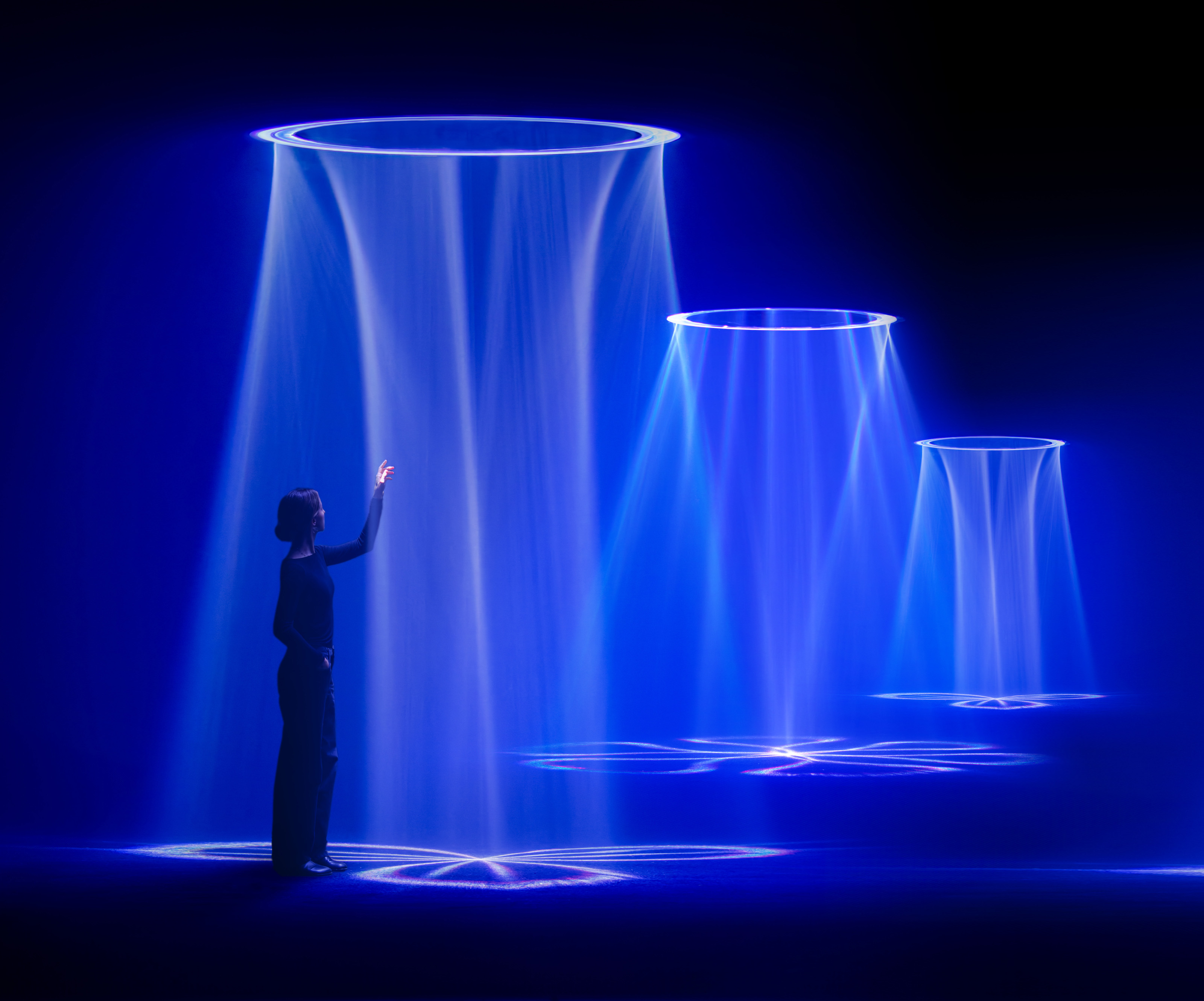
Artist Lachlan Turczan and Google present Making the Invisible Visible at Milan Design Week
Capturing this relationship between the fleeting moment and physical form, as well as the impact and influence of humans on the natural world, is the subject of Making the Invisible Visible. ‘We’ve spent the last nine months trying to create sculptures that present light as a physical object, something that can be touched,’ says Lachlan Turczan, ‘we’re taking light and making feel like a solid object.’
To achieve this, Turczan and his team have created a series of custom optics that can project light in a very focused way, controlling the beam so that it doesn’t spread or scatter or diffuse. ‘Imagine a tube of light six feet in diameter and ten feet tall that delineates the space,’ the artist says, ‘we’re trying to imbue light with the characteristic of an object.’
Wallpaper* Newsletter
Receive our daily digest of inspiration, escapism and design stories from around the world direct to your inbox.
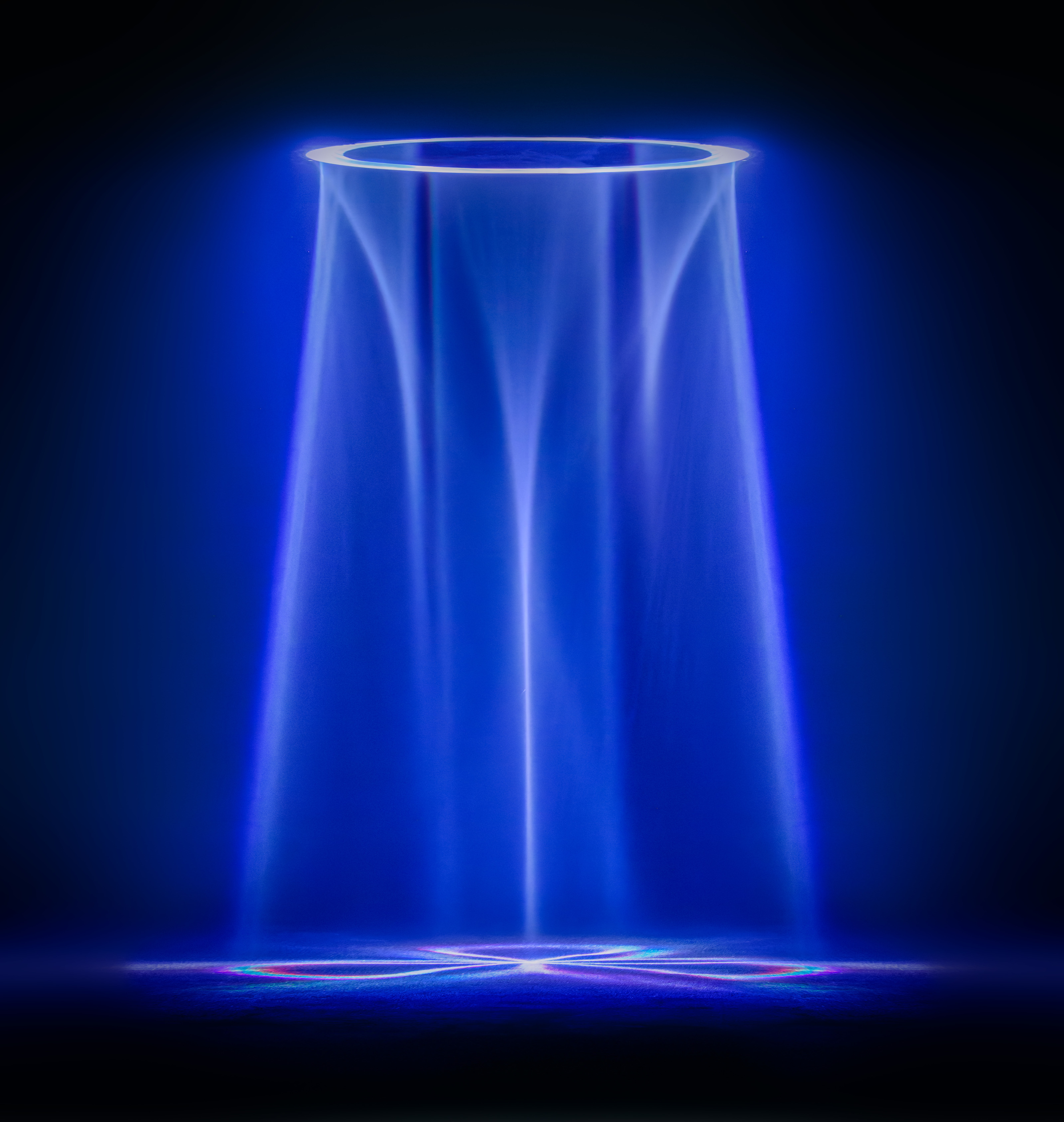
Artist Lachlan Turczan and Google present Making the Invisible Visible at Milan Design Week
Throughout his career, Turczan has used light to shape and alter spaces, both natural and artificial, documenting the process of these fleeting transformations, often using water to further manipulate the light. ‘My work often starts with an interesting in light and how it can be change. It’s a reaction to the over-digitisation of light,’ he explains, ‘I’ve always been really into a more organic way of working with light – this informed my use of water as a way of shaping and perceiving it.’
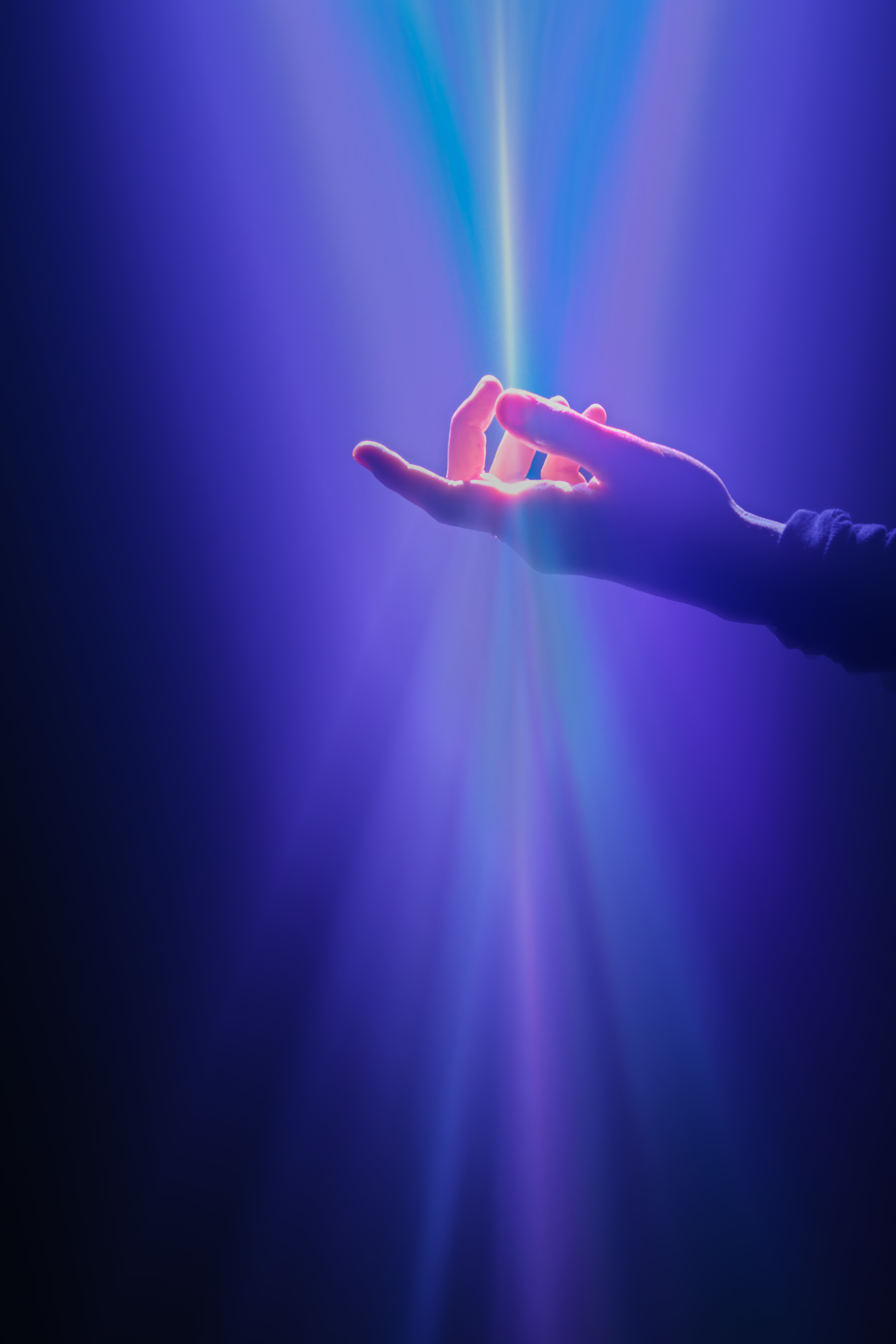
Artist Lachlan Turczan and Google present Making the Invisible Visible at Milan Design Week
Describing his process as ‘allowing technology to interface with nature in different ways,’ Turczan uses a mix of custom-built technology and off-the-shelf theatrical components to build his installations, taking kit like concert-grade projectors out into the natural world.
At Garage 21, Turczan’s installation for Google takes this ethos into the gallery setting. ‘We’ve basically distilled our landscape practice into an installation,’ he says, ‘I like the idea of art existing in a public square.’ It’s a very different proposition creating a piece for a controlled black box environment versus the ever-changing light and weather conditions of the natural world. Indoors, a theatre-grade vaporiser creates a haze of water droplets to highlight the beams and better shape the space.
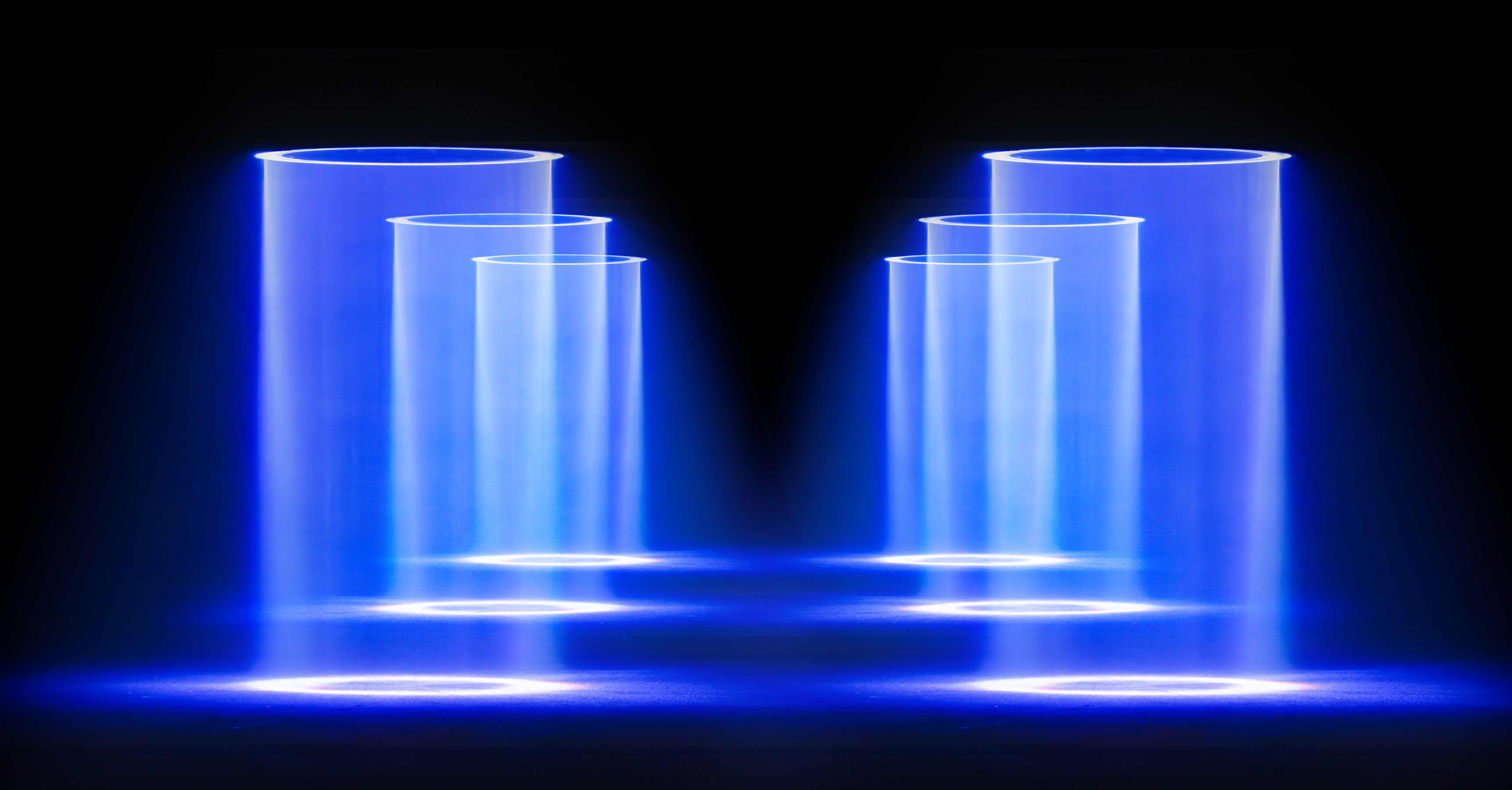
Artist Lachlan Turczan and Google present Making the Invisible Visible at Milan Design Week
To achieve the final result, Turczan has once again turned to Google’s Ivy Ross and her team. Ross, the company’s Chief Design Officer of Consumer Devices, selected the artist’s work for the 2023 installation, and wanted to take it further. ‘Her support has been instrumental to my practice,’ he says, ‘she encouraged taking it into a gallery space with a heightened, more concentrated look.’
For Turczan, the opportunity to control the entire environment over a period of several days rather than document an ephemeral moment gives him a chance to see people react with his work in real time. ‘It takes on a whole new lift of its own,’ he says, ‘there are always surprises along the way. Everyone wants to reach out and touch the light, which is a small victory.’
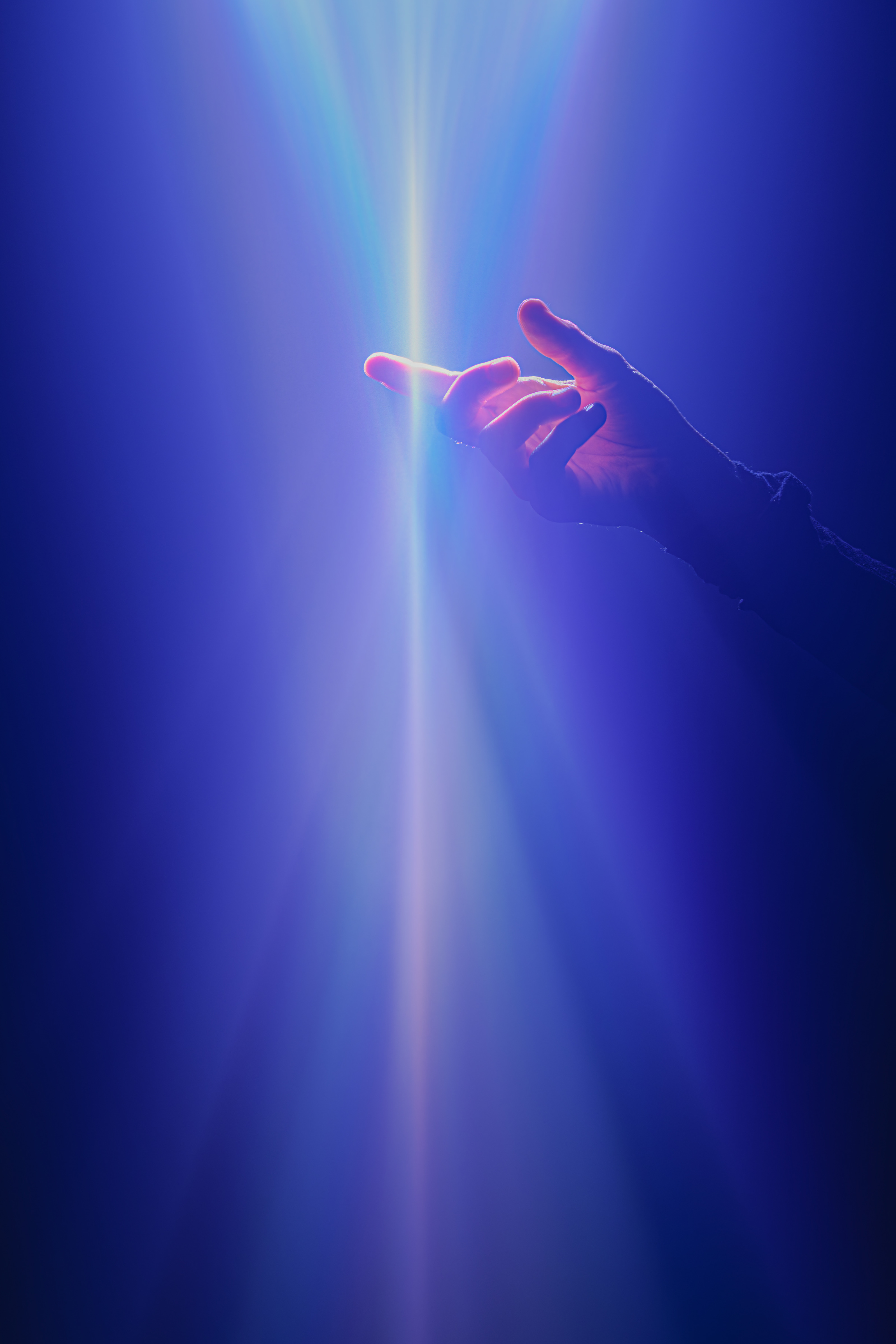
Artist Lachlan Turczan and Google present Making the Invisible Visible at Milan Design Week
The exhibition in Milan includes a section on Google’s hardware evolution, tracing the development of the new thermostat and how its form factor was arrived at, shaped by concerns for material, usability, interaction, technology and the environment. It’s joined by a display of Google’s entire hardware portfolio.
Just as Turczan manifests light into form, are we getting closer to the point where hardware itself dissolves into nothing? ‘When I started, we all had this vision of physical technology going away completely,’ Ross admits, ‘but what we have to ask is ‘what serves us?’.’ Citing the way the new thermostat blends into the background and only becomes apparent when you need it, Ross believes that the future will hold a mix of physical and intangible. The job becomes finding the most beautiful way of blending in.’
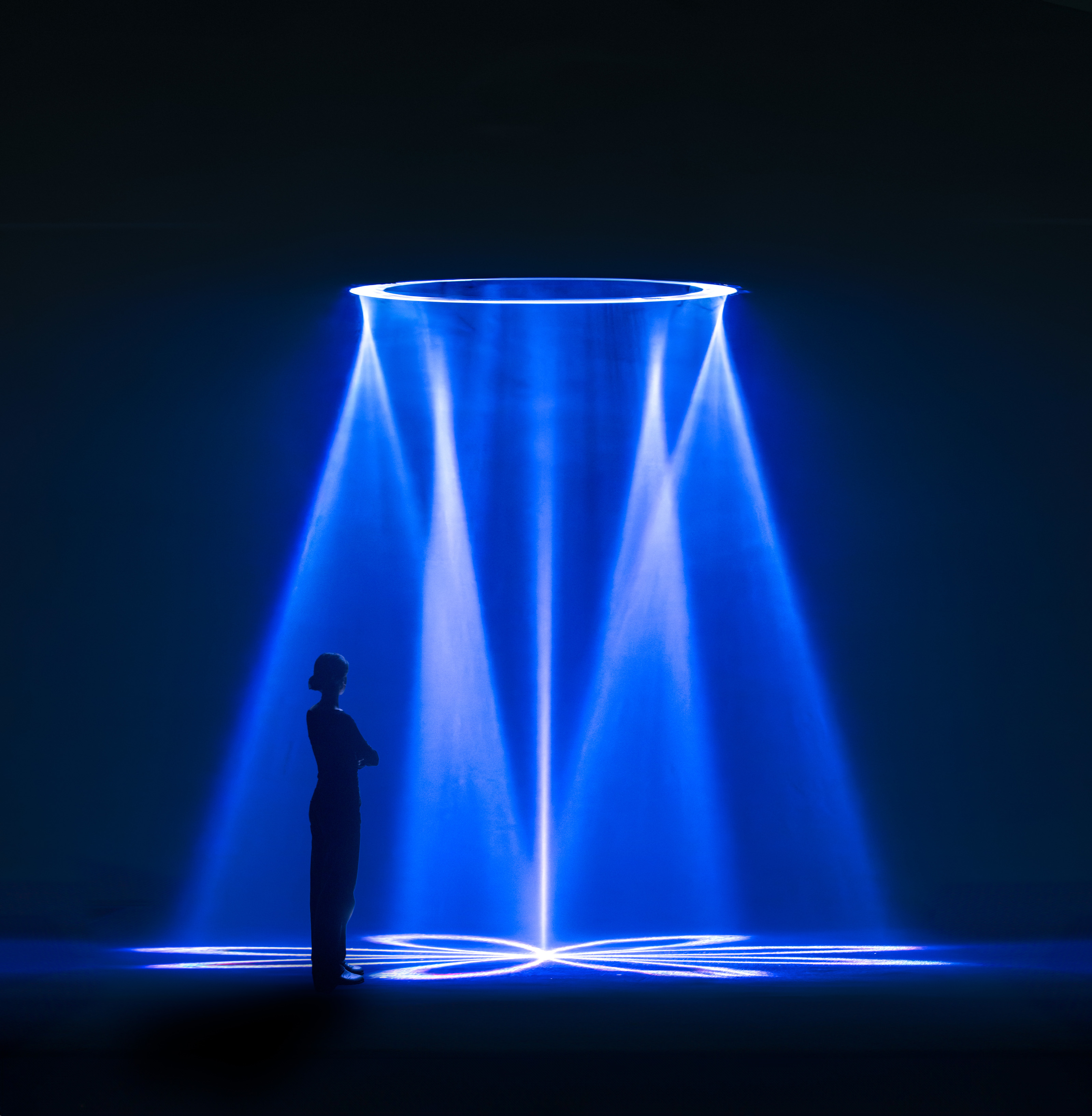
Artist Lachlan Turczan and Google present Making the Invisible Visible at Milan Design Week
‘I’m the orchestra conductor for this incredible team of designers,’ Ross concludes, ‘we’re craftsmen. We all hope the sensorial nature of life doesn’t go away. As humans, ‘we’re always going to crave the tactile and the textural. As long as consumers still want that, there’ll aways be a resonance in craft and the appreciate of physical objects.’
Making the Invisible Visible, Lachlan Turczan, April 7 through 13, 2025, at Garage 21, Via Archimede, 26, 20129 Milano
LachlanTurczan.com, @LachlanTurczan, Design.Google
Jonathan Bell has written for Wallpaper* magazine since 1999, covering everything from architecture and transport design to books, tech and graphic design. He is now the magazine’s Transport and Technology Editor. Jonathan has written and edited 15 books, including Concept Car Design, 21st Century House, and The New Modern House. He is also the host of Wallpaper’s first podcast.
-
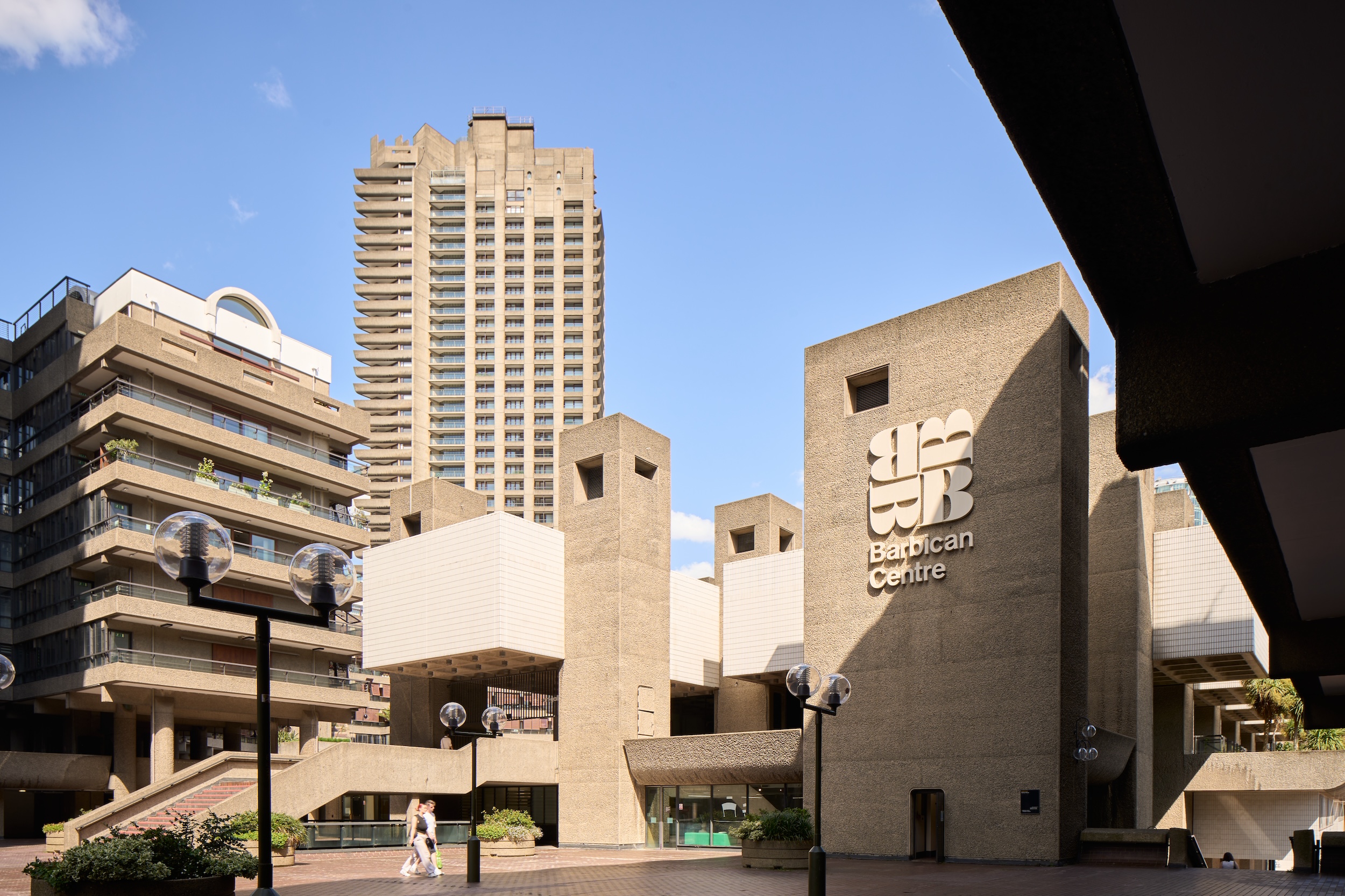 Warp Records announces its first event in over a decade at the Barbican
Warp Records announces its first event in over a decade at the Barbican‘A Warp Happening,' landing 14 June, is guaranteed to be an epic day out
By Tianna Williams
-
 Cure your ‘beauty burnout’ with Kindred Black’s artisanal glassware
Cure your ‘beauty burnout’ with Kindred Black’s artisanal glasswareDoes a cure for ‘beauty burnout’ lie in bespoke design? The founders of Kindred Black think so. Here, they talk Wallpaper* through the brand’s latest made-to-order venture
By India Birgitta Jarvis
-
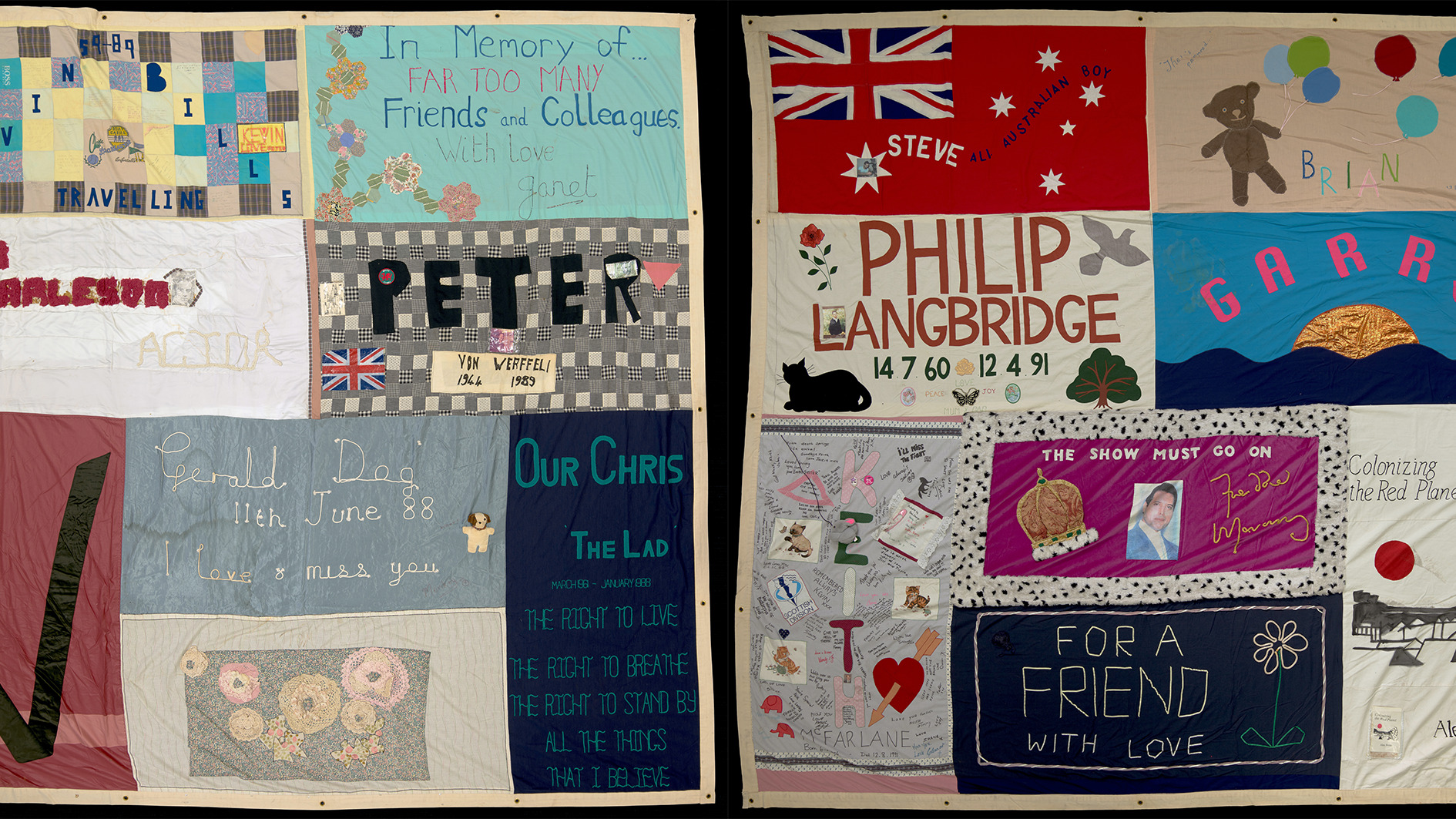 The UK AIDS Memorial Quilt will be shown at Tate Modern
The UK AIDS Memorial Quilt will be shown at Tate ModernThe 42-panel quilt, which commemorates those affected by HIV and AIDS, will be displayed in Tate Modern’s Turbine Hall in June 2025
By Anna Solomon
-
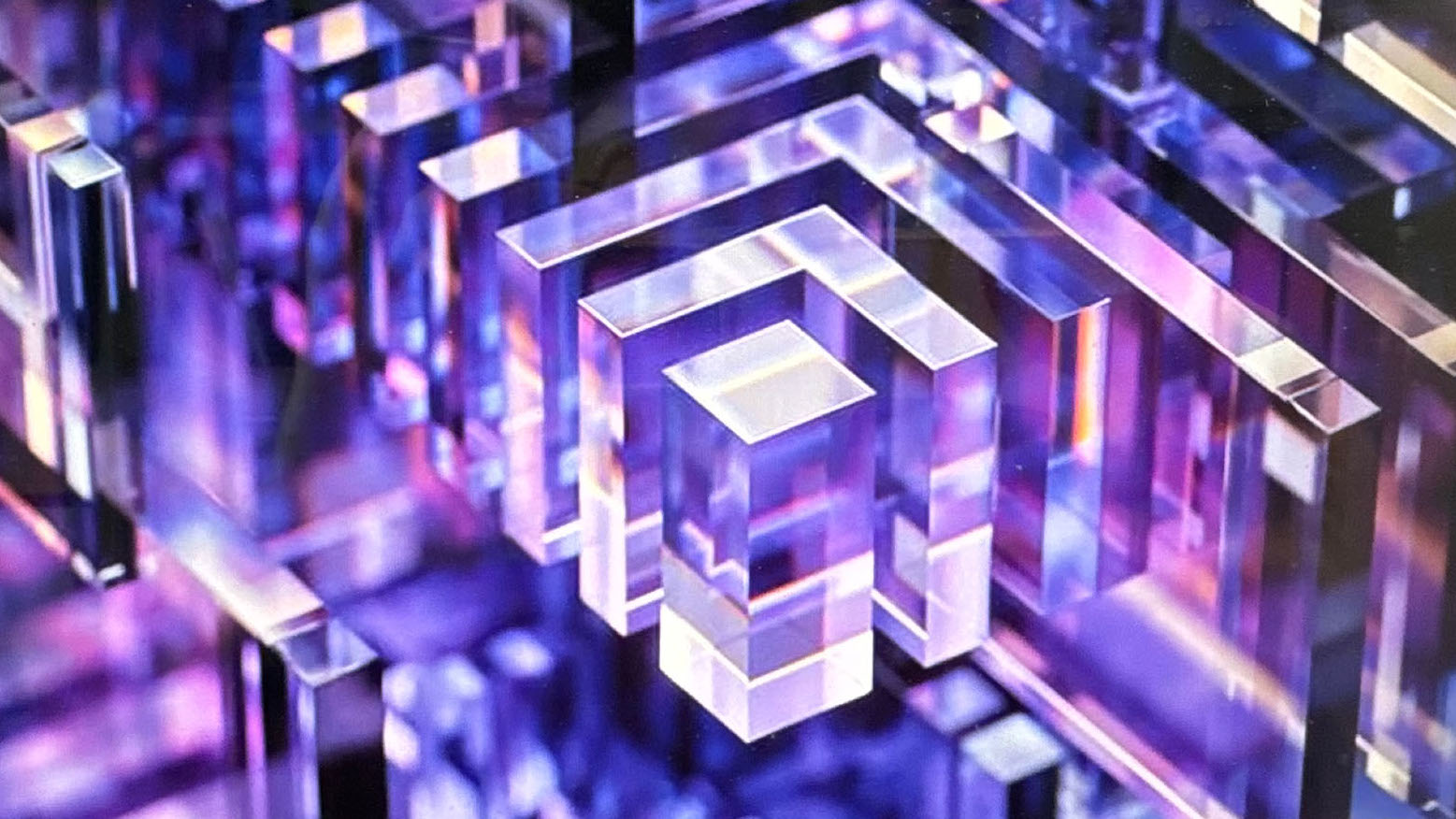 Microsoft vs Google: where is the battle for the ultimate AI assistant taking us?
Microsoft vs Google: where is the battle for the ultimate AI assistant taking us?Tech editor Jonathan Bell reflects on Microsoft’s Copilot, Google’s Gemini, plus the state of the art in SEO, wayward algorithms, video generation and the never-ending quest for the definition of ‘good content’
By Jonathan Bell
-
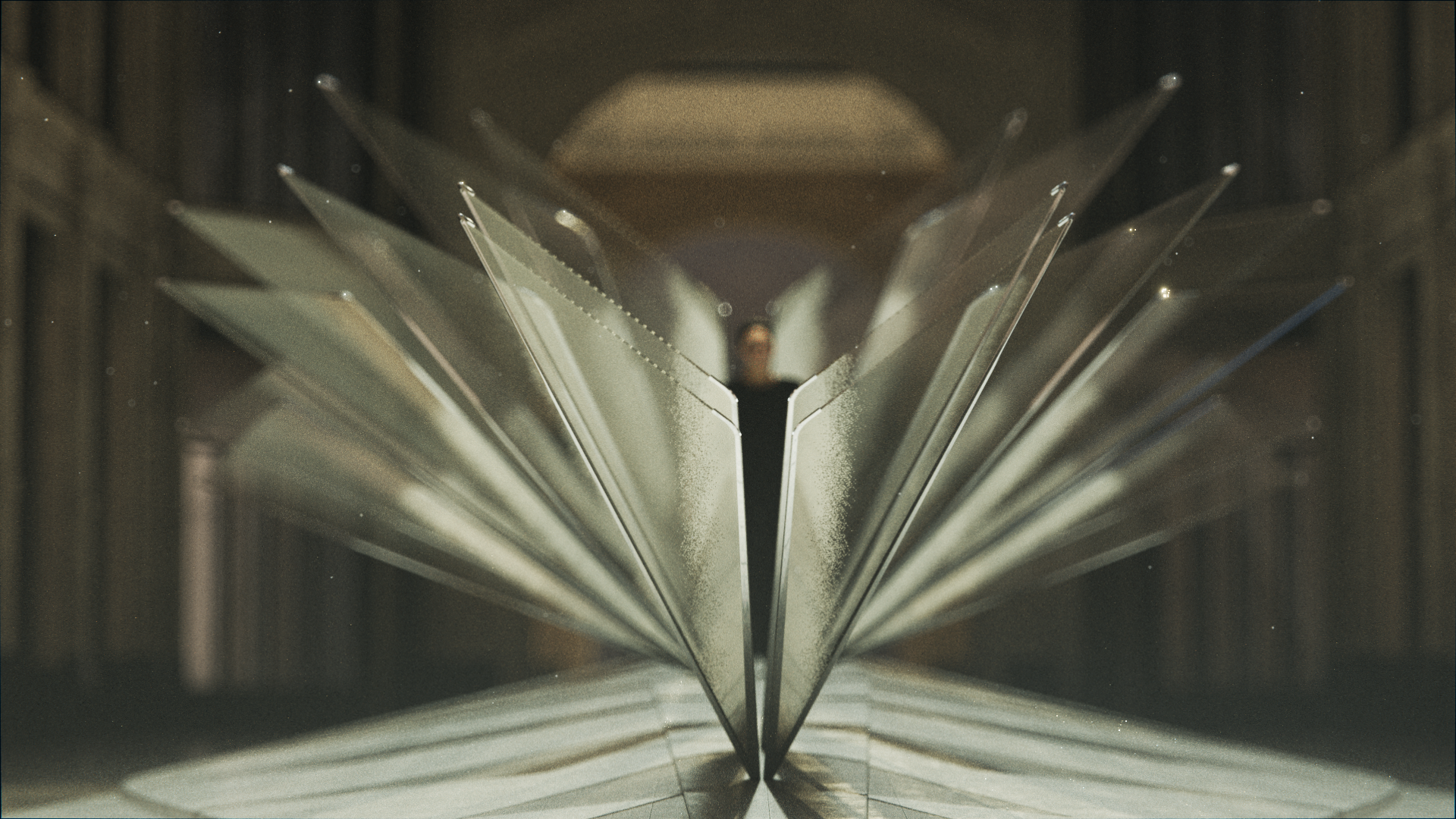 Asus chose Milan Design Week as the springboard for its new high-end Zenbooks
Asus chose Milan Design Week as the springboard for its new high-end ZenbooksMilan Design Week 2025 saw Asus collaborate with Studio INI to shape an installation honouring the slimline new Zenbook Ceraluminum Signature Edition laptop series
By Craig McLean
-
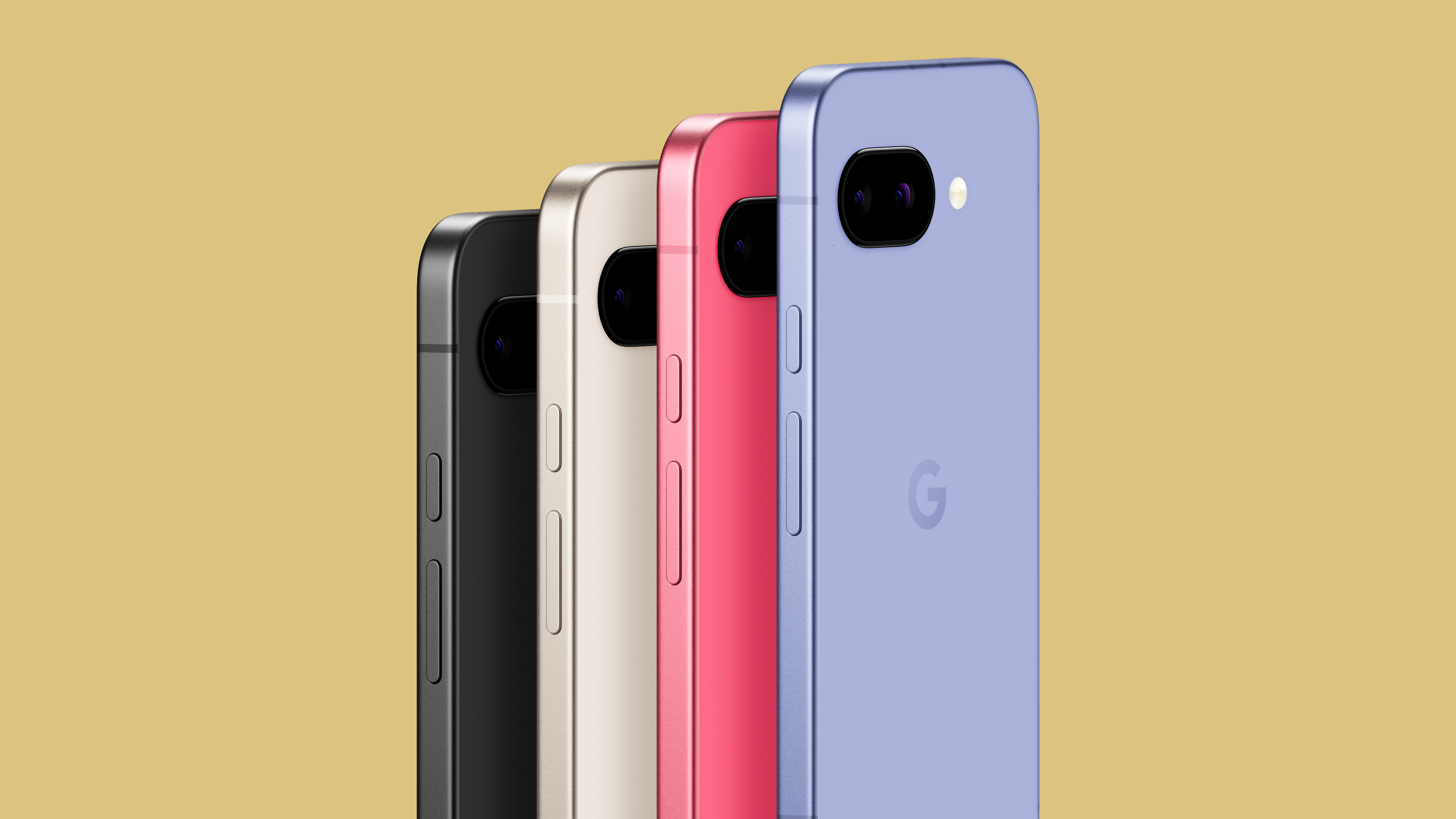 The new Google Pixel 9a is a competent companion on the pathway to the world of AI
The new Google Pixel 9a is a competent companion on the pathway to the world of AIGoogle’s reputation for effective and efficient hardware is bolstered by the introduction of the new Pixel 9a, a mid-tier smartphone designed to endure
By Jonathan Bell
-
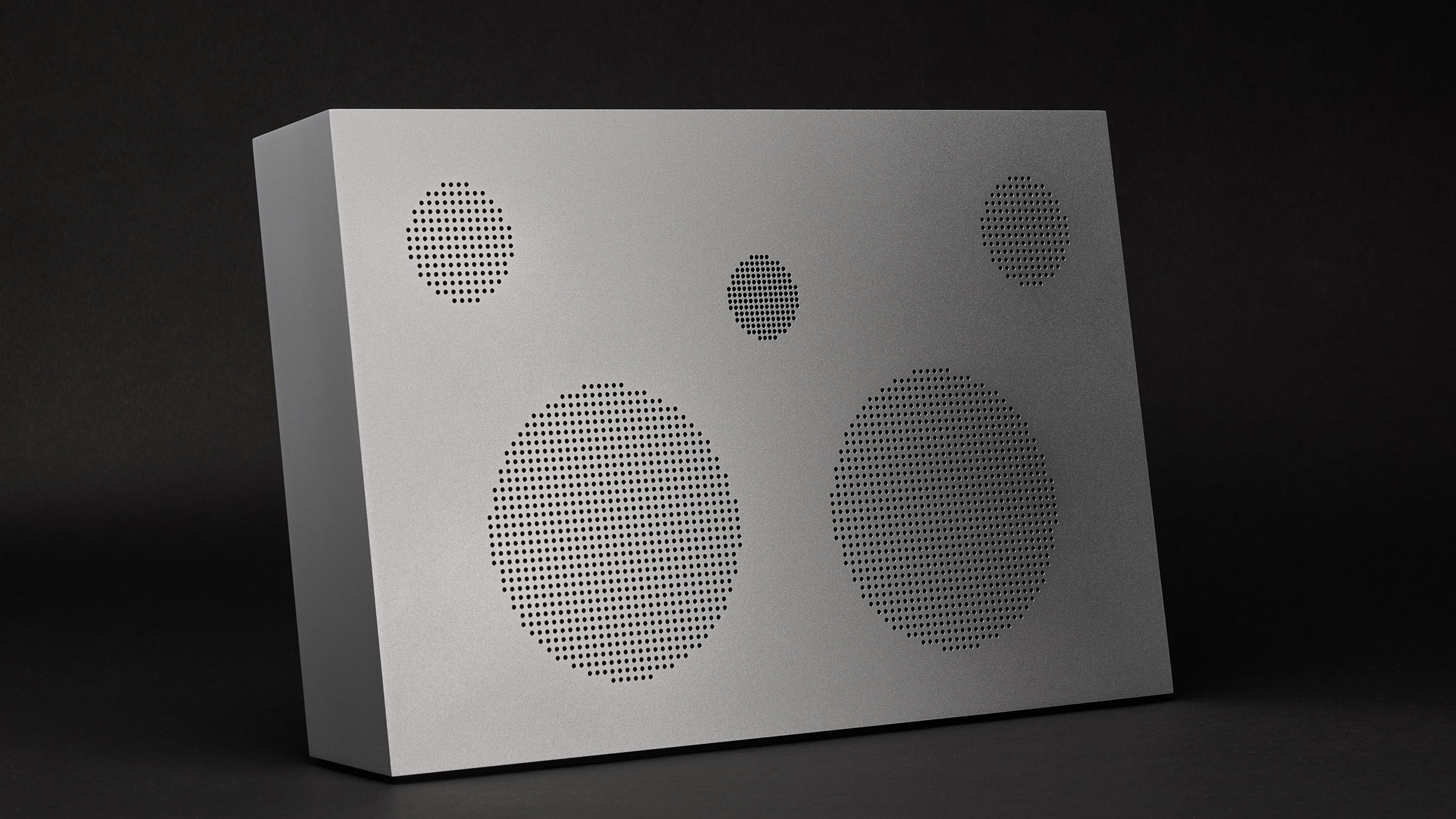 Year in review: top 10 audio acquisitions of 2024, as chosen by Wallpaper’s Jonathan Bell
Year in review: top 10 audio acquisitions of 2024, as chosen by Wallpaper’s Jonathan BellThe best audio technology of 2024, from pocketable earbuds to room-filling speakers
By Jonathan Bell
-
 Is the new Google Pixel 9 Fold Pro the ultimate do-it-all device?
Is the new Google Pixel 9 Fold Pro the ultimate do-it-all device?Google's Pixel 9 Pro and Pixel 9 Fold Pro go head to head in our hands-on test of the latest generation of AI-infused smartphones
By Jonathan Bell
-
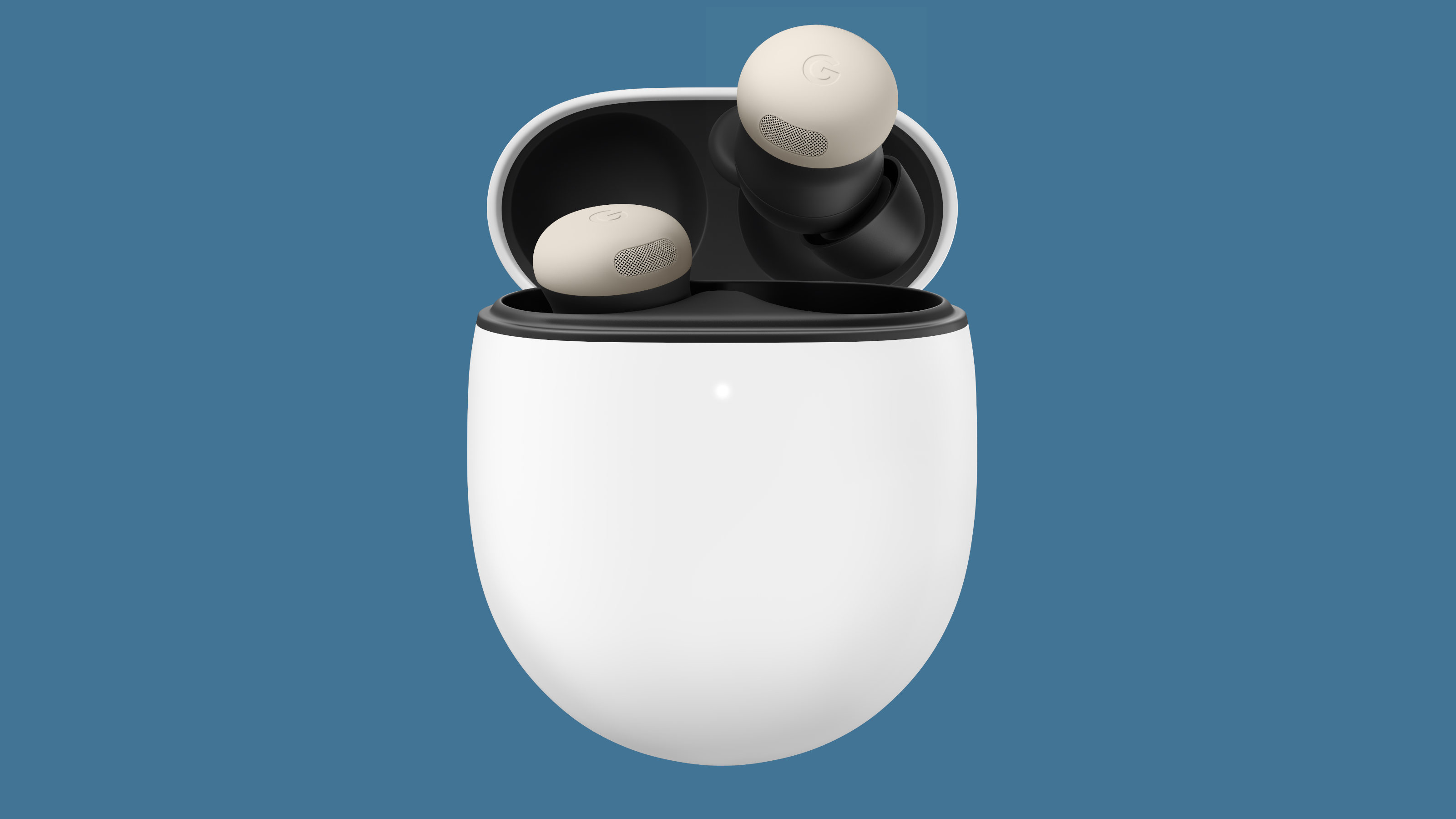 New earbuds for audio and AI interaction, courtesy of Google, Denon, and more
New earbuds for audio and AI interaction, courtesy of Google, Denon, and moreThe age of AI comes to your earbuds with the arrival of the new Google Pixel Buds Pro 2. We explore these and seven more of the newest and best-designed wireless earbuds as alternative choices
By Jonathan Bell
-
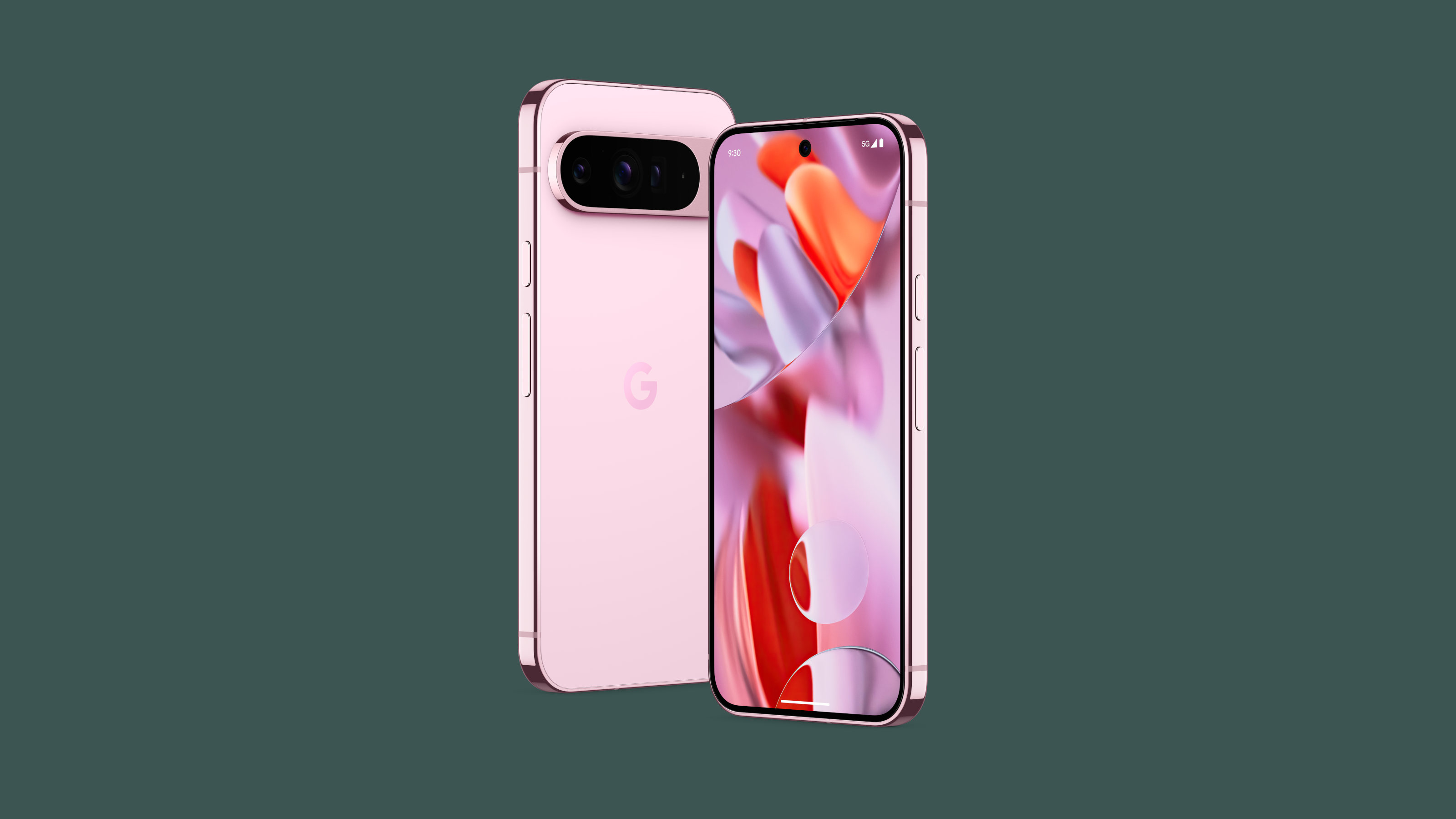 We meet Google’s head of phone design Claude Zellweger to explore the new Pixel 9 series
We meet Google’s head of phone design Claude Zellweger to explore the new Pixel 9 seriesGoogle’s annual drop of new mobile devices is here. We get hands on with the Pixel 9 family and discuss design, AI and smartphone longevity with Google’s Claude Zellweger
By Jonathan Bell
-
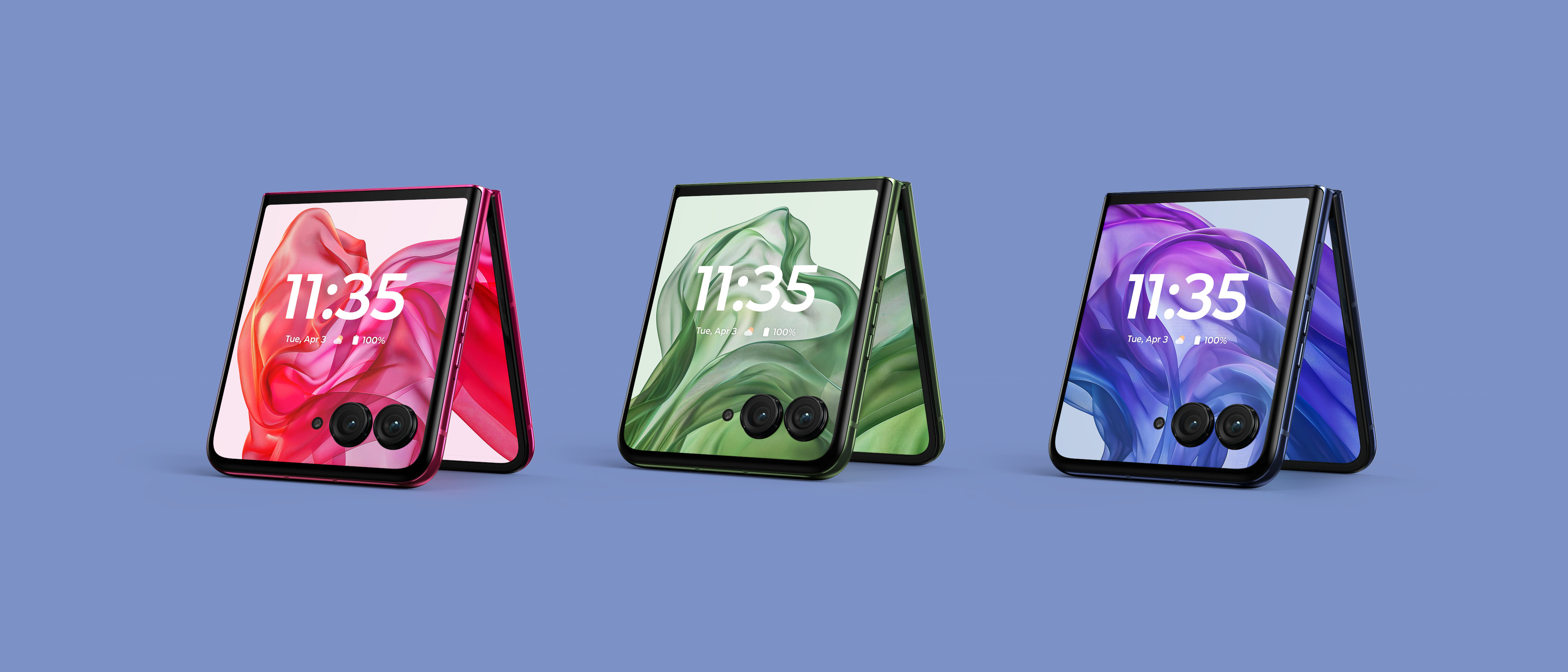 Folding Motorola razr 50 and 50 ultra enter the smartphone arena – plus the latest competition
Folding Motorola razr 50 and 50 ultra enter the smartphone arena – plus the latest competitionMotorola and Samsung unveil cutting-edge new folding phones, while Honor’s photography-focused device proposes portraiture as the new hotness
By Jonathan Bell